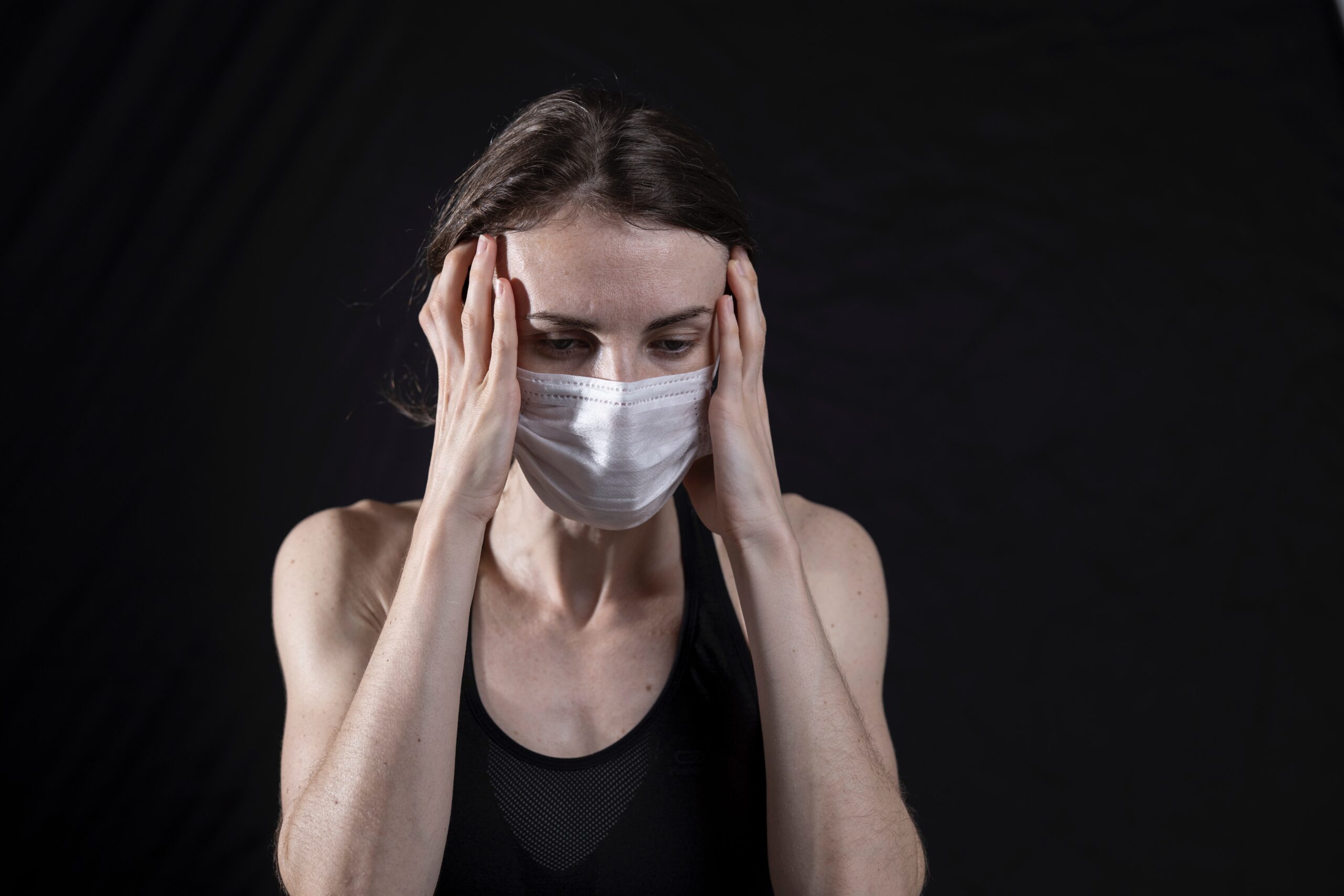The easing of pandemic related restrictions brings with it feelings of relief, however, it also can bring increased feelings of anxiety. While we all want life to return to normal, it is accompanied by very real concerns for our health and safety and that of our loved ones. In the face of the ongoing uncertainty the pandemic brings - with potential risks to our health and risks to our freedom - and the fact that there is no end in sight, it is understandable that we may be struggling with negative thoughts, feelings of anxiety and helplessness, and accompanying irritability and fatigue.
Anxiety is a common issue. Prior to the pandemic, anxiety was reported to affect as many as 1 in 7 people in their lifetime, and is likely to be even higher now. Physical symptoms can range in severity and may include stomach issues; disturbed sleep; headaches; dizziness; an increase in body temperature with sweating or shivering; skin tingling or numbness, particularly in the face, hands, arms feet and legs; feeling weak; limb and muscle pain; shortness of breath; chest pain and heart palpitations; blurred vision; hearing sensations and even acne.
Worry is the mental process that tends to accompany feelings of anxiety. Worrying gives us the false impression that we are doing something about the situation, however, worrying is a negative thought process that does little but increase our physical sensations of anxiety. One way to short-circuit worry is to consciously practice problem solving.
Problem solving can combat a sense of helplessness. By taking an issue you are worrying about and addressing it as a problem to be solved you can increase your sense of control, positive thoughts, and motivation. Make sure you deal with one problem at a time and ideally use a pen and paper.
Please note that this process is only applicable to worries that you can do something about. For instance, if you are worrying about how to do your shopping in a COVID safe way, you can create a plan based on assessed risks and this process will help you. If you are worried about a loved one’s health and safety when this is actually out of your control, however, other anxiety related exercises will be more helpful, and these will be discussed in future blog posts.
Steps to solve a problem:
In these challenging times it is essential you pay conscious attention to your health and wellbeing, especially if you have dependents that rely on you. If you are struggling to do this on your own ensure you reach out, as help is available.

One thought on “Problem solving to reduce anxiety”